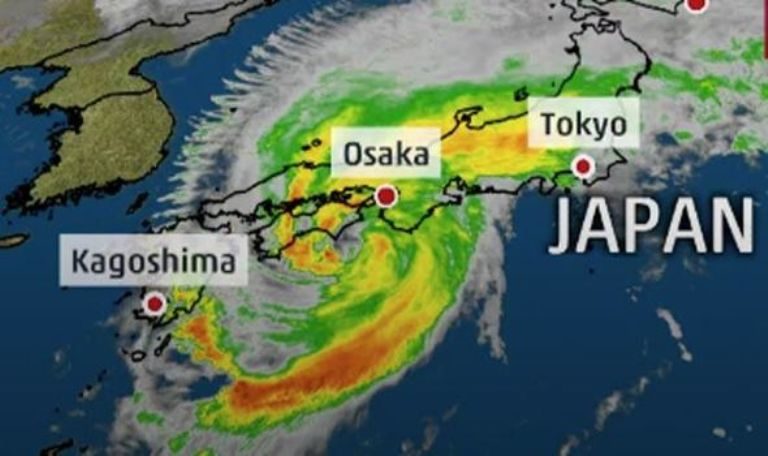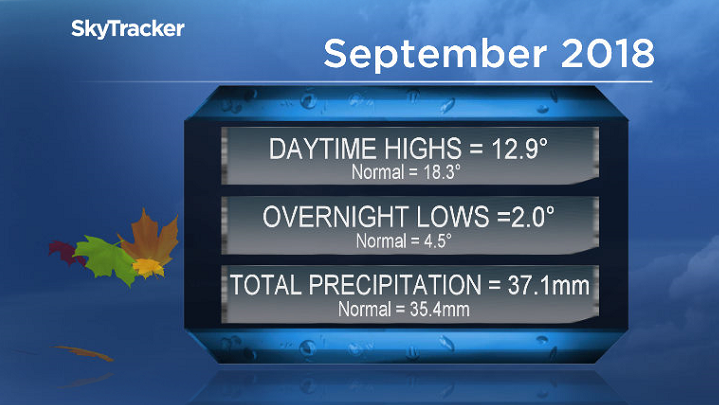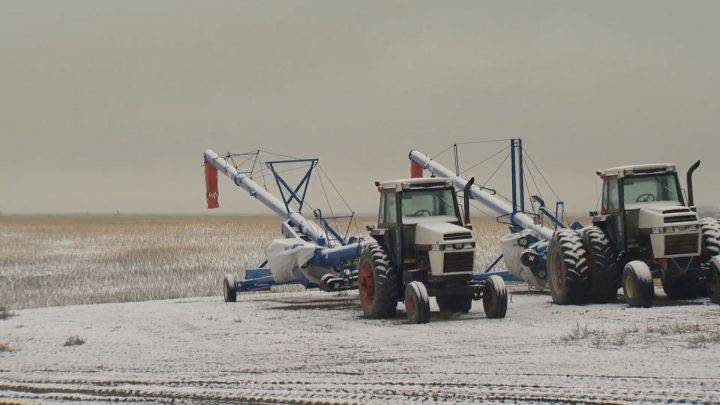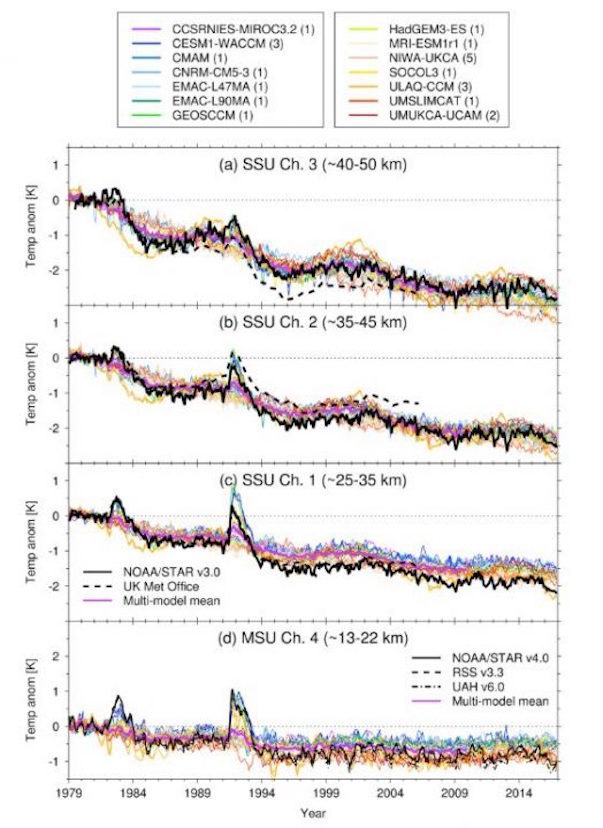
© THE WEATHER CHANNELTyphoon Trami: The storm has blasted across Japan
Tokyo woke up to unseasonal heat and bright cloudless skies on Monday (Oct 1), hours after the ferocious Typhoon Trami caused widespread power outages,
cancelled flights and shut down train services as it churned towards the Pacific Ocean.
Commuters in central Tokyo experienced massive transport snarls during the morning rush hour - with many unable to get to work on time - as rail operators delayed the start of train services to clear fallen trees and other debris.
One of the services was the Keio Line, after a train hit a collapsed wall in Setagaya ward at about 4.45am, halting services for over four hours. No one was injured.
Across the country, the season's 24th typhoon
left at least four people dead, one missing and more than 200 injured, according to a tally by public broadcaster NHK as at 9pm (8pm in Singapore).
The storm
first slammed into the south-western Okinawa chain of islands on Saturday, before moving north-east and making landfall in Wakayama, south of Osaka, on Sunday. It then traversed north-east across the main island of Honshu.
At its peak, the typhoon packed gusts of 216kmh, the Japan Meteorological Agency said. Though it gradually lost strength after making landfall, the western Tokyo suburb of Hachioji still recorded winds of up to 164kmh.



Comment: Note that this is not the first heavy snowfall for the coming season in the region, there have already been two major snowing events during August: Global cooling: Extreme snowfall in SUMMER hits the Alps with a depth of one foot
Global cooling: Heavy snowfall in summer over the Alps for second weekend in a row - Up to 8 inches in 24 hours